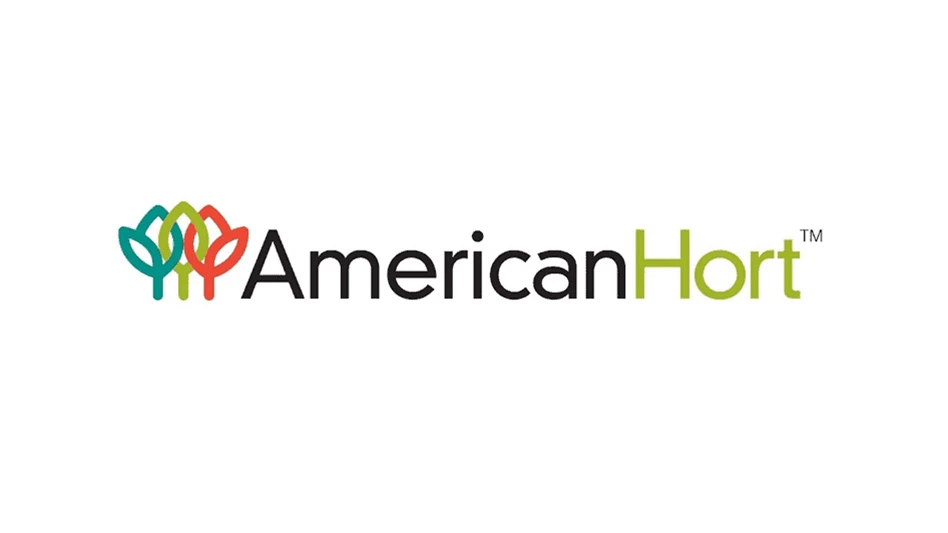
Photo © Dave | Adobe Stock
_fmt.png)
Flowering annuals are the mainstay for many growers and landscapers in the industry. Yet, many of this year’s SOI survey participants are making a shift away from annuals. What accounts for your shift? You may have decided to grow more foliage and houseplants instead of annuals or are simply looking for new and better annuals to add to your production. But some of you may simply be searching for answers as to why your annuals just aren’t selling.
Is it you?
I’ll just hit the tough question right out of the gate. Many growers are resistant to changing their product selection — often for years and years. Let’s look at your offerings. Are they the same as last year? How about five years ago? A stale availability list could be behind that dent in annual bedding sales. Sure, there are staples that your customers need and want from you, that can be strong sellers year after year. But there are also items that might serve you best by being culled from the herd. Strategically chosen new plant offerings can help reengage customers and help them solve new challenges with their customers.
Go big
As I was thinking about other factors influencing consumer plant preferences, I had a realization about a noticeable consumer trend I see in my own marketplace. In my work with clients across the horticultural spectrum, there’s a funny pattern I’ve seen emerge with residential consumers — and it clearly runs along economic lines.
“They don’t want pentas ... or any other plant with clusters of small flowers. They only want big flowers.”
I can’t tell you how many times I’ve heard this from the landscapers I consult for on high-end properties — or directly from my high-end residential clients. Wealthier property owners, at least in my market, don’t seem to like small-flowered plants — any of them. They only want big flowers and high-impact color. Do you know how hard it is to get through the summer in Texas with a good resilient annual color show without pentas, angelonia, firebush, scaevola, salvia or lantana? Nightmare.
Perennial conversion
In such situations where big flowers are a must, “annual” often ends up translating to larger plants such as tropical hibiscus or mandevilla — or even colorful tropical foliage such as croton — planted in place of traditional annual bedding crops. (Don’t miss the new Thai Dye croton series from ForemostCo, Inc.). However, once the property owner has spent significantly more on such material for several seasonal paintings, the annual beds may get converted to permanent perennial or shrub plantings.
It was ‘Knockout’ Roses that took up residence in these once-annual beds in my market (in both residential and commercial properties) — but since rose rosette has decimated pretty much all our roses here in DFW, hibiscus are taking their place. Calling all breeders of dwarf Hibiscus syriacus — here’s your big opportunity! Hopefully, professionals will put their feet down and encourage more biodiversity in their plantings this time around.
Small wins
On the flip side, when the client comes down in income, high- to low-middle income property owners seem to be just fine catering to the pollinators with clusters of tiny blooms. Biodiversity is cool. They have color preferences, of course, but a much wider variety of flower types are on the menu. It’s more important to these clients that plants be a good value, long-lasting, easy to care for and resilient. Foliage such as coleus is also most welcome in the mix. Most of these customers don’t have the budget to replant when one installation fails, nor do they want to spend top dollar for woodies or higher-priced tropicals to be planted as seasonal annuals.
Trends may be totally different in your market, but it’s worth analyzing what type of properties your landscape and design customers are maintaining. Ask them about any correlating preferences or trends they experience with different clients to see if your annual mix suits their respective fancy. Such trends will certainly impact your annuals business.
What’s an annual?
How consumers define an “annual” may be very different than our conventional definition. Traditional lines of cold hardiness — or lack thereof — and bloom times are being blurred when it comes to differentiating the benefits of annuals versus perennials.
Sunflowers in October? They want that. Check out Monrovia’s SunBelievable Brown Eyed Girl Helianthus. They also want perennials and shrubs that bloom all the time, instead of seasonally. Hence the plant breeder push to get repeat blooming out of everything from azaleas, to lilacs, to clematis. Re-blooming is where it’s at. This crossover of features and benefits will no doubt change consumer perspective — and buying habits — when it comes to annuals.
Hopefully, your shift away from annuals is due to opportunities with alternate higher-margin crops. But if it’s simply due to lagging sales, now’s the time to drill down in your local market to get a fresh perspective on changing consumer wants and needs.

Explore the October 2019 Issue
Check out more from this issue and find your next story to read.
Latest from Greenhouse Management
- The HC Companies, Classic Home & Garden merge as Growscape
- Eason Horticultural Resources will now officially be known as EHR
- BioWorks receives EPA approval for new biological insecticide for thrips, aphids, whiteflies
- ScottsMiracle-Gro transfers cannabis subsidiary to focus on core lawn and garden business
- Ellen Mackenbach-Lakeman appointed new CEO of Dümmen Orange
- Southern Garden Tour sets 2025 dates for trial garden open houses
- Belgian thermal screen manufacturer Phormium launches Noctis Thermo
- New book explores plants that thrive in Rocky Mountains








